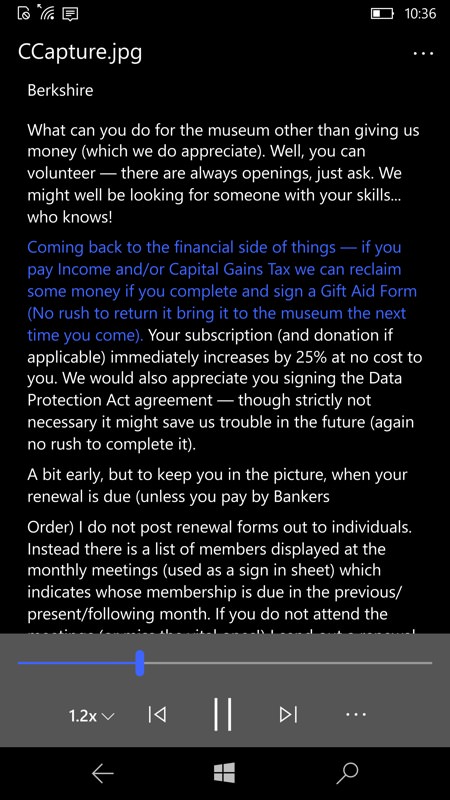

Peripheral nystagmus, including postrotatory nystagmus, is weakened by gazing therefore, nystagmus is observed in clinical examinations using medical devices that suppress gazing. The rotary chair test is less uncomfortable than the caloric test particularly, the postrotational nystagmus test is a rapid and easy method to observe stable peripheral nystagmus. These vestibular function tests are performed in clinical settings and are safe. The caloric and rotary chair tests induce nystagmus in healthy individuals. We considered it necessary to observe actual nystagmus in medical education practice to understand its features. The Head Impulse Test (HI) requires no tools N (nystagmus) is observed with medical devices, such as the Frenzel goggles or infrared video nystagmus goggles and TS (Test of Skew) requires the shielding of one eye. Further, HINTS is termed as a three-step bedside oculomotor examination.
Speech central text to speech series#
Particularly, a series of oculomotor-vestibular function assessments termed the Head Impulse Test-Nystagmus-Test of Skew (HINTS) is central to differentiating stroke from peripheral vestibular disorders in acute vertigo each student is required to adopt this skill in the clinical setting. Peripheral vestibular disorders are the most common causes of dizziness however, central nervous system disorders must be excluded. Clinical education and practice in dizziness and balance disorders require students to understand the physiology of the vestibular system and evaluate eye movements, posture, and gait function. This study was approved by the Medical Research Ethics Committee of Mejiro University (approval number: 21medicine-021).ĭizziness, which is a common complaint among patients treated by primary care physicians, affects approximately 20% to 30% of the general population. Additionally, the loupe does not rely on a power source and can be used under normal room lighting conditions.
Speech central text to speech portable#
It offers several advantages over Frenzel goggles, including its lightweight, thin, durable, and portable design. Furthermore, it enables the detection of significantly more nystagmus counts compared to that by the naked eye. Our newly developed Fresnel loupe allows for the observation of nystagmus counts a level of reduction in fixation suppression similar to that of Frenzel goggles in an educational practice setting. The Frenzel goggles provided better visibility compared to that by the loupe ( p = 0.034) however, none of the participants reported poor visibility using any of these methods.

No significant difference was observed in the visibility of eye movements between the loupe and naked eye ( p = 1.00). In addition, there were no significant differences in the nystagmus counts between the observations using the new loupe and Frenzel goggles ( p = 0.087). The number of detected cases of nystagmus was significantly higher with the new loupe than with the naked eye ( p = 0.001). Postrotatory nystagmus was measured and compared using the new loupe and control methods, namely the naked eye and Frenzel goggles we rated the ease of visibility using a five-point scale. Thirty-three students from the Department of Physical Therapy and the Department of Speech, Language, and Hearing Therapy of the Mejiro University participated in this study. Thus, we proposed a medical education practice to master nystagmus observation using a recently developed portable Fresnel magnifying loupe that could be shielded by one eye.

In medical education practice, nystagmus observation may facilitate an understanding of vestibular function and nystagmus characteristics. Examination of the eye movements and nystagmus can help differentiate the disorders of the central nervous system from the peripheral vestibular disorders however, it is often not performed appropriately. It is predominantly caused by peripheral vestibular disorders however, central nervous system disorders should be excluded. Dizziness is a common complaint of patients treated by primary care physicians.


 0 kommentar(er)
0 kommentar(er)
